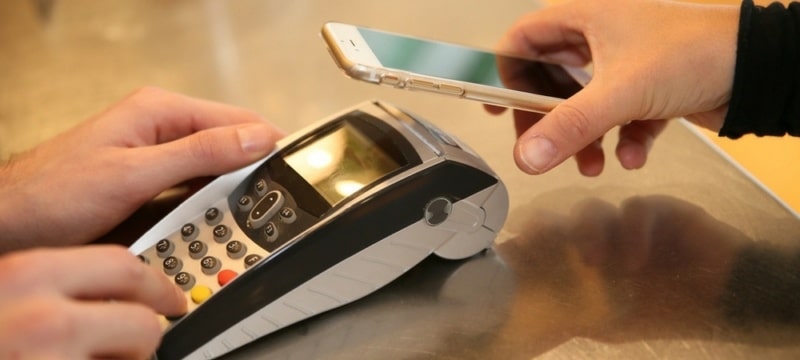Mobile payment apps like Apple Pay, Google Wallet, and PayPal give consumers the ability to make purchases from their devices both in stores and online, but the demand hasn’t caught up to the wealth of options.
As more companies take aim at mobile payments, Apple may hope that its recent addition of reward cards and retail credit cards to its mix of offerings with Apple Pay will help the app stand out and increase the attraction of mobile payments overall.
But experts aren’t sure.
“I think that basically what people want from mobile payments are two things: They want it to be as safe as—or safer than—using their credit card, and they want it to be as easy as—or easier than—using their credit card,” says Matt Schultz, senior industry analyst for CreditCards.com. “And I don’t know that most people think that either of those are the case right now.”
“It’s about convenience”
Apple Pay lets consumers upload credit or debit card information to their iPad, iPhone, or Apple Watch and then use that device to make purchases at retail stores in hundreds of thousands of locations across the country. A digital version of the card is securely accessed with a fingerprint scan.
With the addition of retail credit cards and rewards programs, Apple Pay users could now get extra discounts or personalized offers at checkout without having to physically take out their cards. Kohl’s, JCPenney, and Walgreens are among the retailers offering up their rewards programs and store-branded credit cards to Apple Pay users, and more are expected soon.
“It’s about convenience, and if you can pay for something and make sure that you collect your rewards points by just using Apple Pay or a mobile wallet, that’s just an added layer of convenience and an added argument towards using it instead of your credit card,” Schultz says.
A flurry of ways to pay
Apple is not alone in trying to entice new customers toward the world of mobile payments. Google Wallet allows users to store loyalty cards and gift cards in their device and is accepted in millions of locations in the United States, while Samsung plans to launch a similarly capable app later this year.
These programs bring several benefits, especially in terms of security. According to Schultz, the process is, in many ways, significantly safer than a traditional credit card. Yet consumers aren’t fully buying into the system.
“For most people, the process of using a credit card isn’t a problem that [was seen] as needing to be fixed,” he says.
Convincing more consumers
A 2015 report from the Federal Reserve shows that while a majority of adults own a smartphone, only 28 percent of them had ever used it to make a mobile payment. Schultz expects this to change with time as more consumers understand and gain access to the well-known mobile payment options.
New retail payment terminals installed for more secure chip-based credit cards could increase the locations where mobile payments are accepted and new tactics from these companies could serve to attract more users.
“If [mobile payment companies] were able to create some extra reward where you actually got…some sort of discount or some sort of reward specifically for using that mobile wallet to pay for something, that would be something that could really cause it to take off,” Schultz says.
With more changes like this, he says, consumer adoption of mobile payments could be just a matter of time.
Dustin Pellegrini is a senior web producer and writer at Think Glink Media, where he specializes in reporting on identity protection and credit. He studied writing and visual media at Columbia College Chicago.






